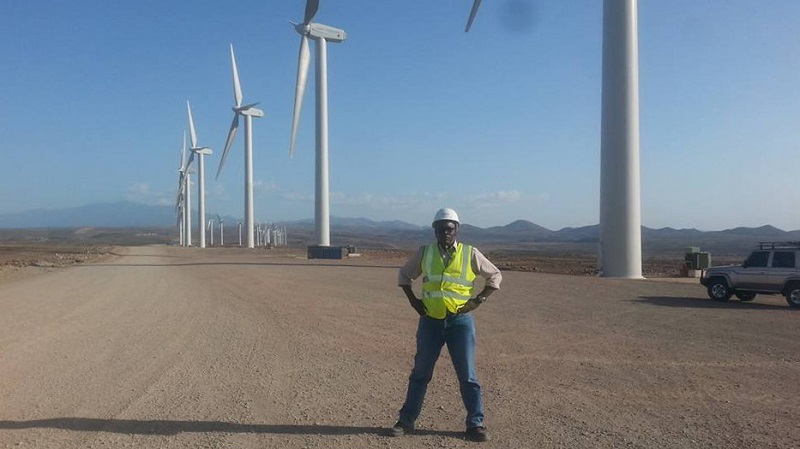This week, thousands of delegates and dozens of heads of state will be gathering in Nairobi for the Africa Climate Summit.
They must embrace climate action that is conflict-sensitive. For an example of why, they just need to drive a few hours north to Lake Turkana.
That’s where Africa’s largest wind power plant is with 365 wind turbines spinning, providing nearly a fifth of Kenya’s electricity.
But it was built slower than it should have been because of conflict. Indigenous pastoralist groups regarded it as an illegal seizure of their land.
US denies rigging loss and damage fund’s board in rich nations’ favour
They felt excluded from decision making processes that disregarded their social relations and territoriality.
For investors, the failure to respect their rights caused lengthy and costly delays.
Buying the land for the project was controversial from the outset. These communally held lands were vital for the cattle grazing, herding and cultural heritage of pastoralist communities.
The land was held in trust on behalf of the community until, in 2009, the council transferred a 33-year renewable lease to private investors without the free, prior and informed consent of local communities.
Relocation payments were only made to one village and private landowners were not compensated.
New infrastructure was seen as misaligned to community priorities and mostly responding to the needs of the investors.
In 2014, the communities brought a court case and, seven years after the case was filed, the process of land acquisition was declared illegal.
In May 2023, the court refused the investors an extension to regularize the acquisition, opening the door to significant compensation for local communities.
It may replace plastic but eucalyptus paper packaging helped burn down my home
Prejudice against the communities of Kenya’s arid north has been woven through the project.
The land was often seen as a vast, unproductive and idle space that outside investors would make better use of.
Illegitimate land acquisition and a lack of participatory and inclusive engagement between authorities, investor and communities have led to the cancellation of other wind farms in Kenya like Kinangop and Baharini.
Some lessons have been learned, with community liaison officers now facilitating engagement.
But, as dignitaries and policy-makers gather in Nairobi for the summit, this case provides a clear reminder: we need a smarter, conflict-sensitive green energy transition.
These principles apply to climate finance more broadly, as a lack of conflict sensitivity can jeopardise projects and leave communities in an even more fragile situation.
Conflict-affected areas are complex and volatile settings in which to make significant investments.
As the effects of climate change become ever more severe it is thought of as a “conflict multiplier”, meaning that it can be expected to heighten existing tensions and cause outbreaks of violence.
Developing countries call for $100 billion loss and damage target
Two thirds of the most climate-vulnerable countries are already considered to be at high risk from climate-related conflict.
If not done sensitively, renewable energy and adaptation projects can fuel fragility and worsen conflict situations, paralysing the green transition efforts themselves.
Climate action therefore needs to be informed by the local context and ensure conflict sensitivity in its planning and implementation.
Development finance institutions should develop clear indicators to show how climate projects affect conflict situations.
The World Bank’s Financing Locally Led Climate Action (FLLoCA) project, for example, currently does not list conflict or insecurity as a threat to adaptation and mitigation initiatives.
Local participation should be a cornerstone of conflict-sensitive climate finance. Trust, engagement across existing fractures and community ownership of decisions are crucial to ensuring successful implementation.
Locally-led, bottom-up approaches are the best ways to achieve sustainable, accountable and transparent processes that are tailored to the real needs of the community.
We have regularly seen local communities, and particularly indigenous communities, completely overlooked during the planning of green energy projects.
Their “unproductive” land is too often seen as up for grabs. In Kenya, most major renewable energy installations have been accused of disregarding community land rights and livelihood systems.
By not considering how projects impact local communities and livelihoods, the green energy transition puts itself at risk.
These are international challenges needing international solutions. Governments and international institutions need to design and enforce regulations requiring rigorous conflict-sensitivity analysis, access to information and participatory management from the outset of climate action projects. Conflict sensitivity should become the norm in policy and practice. And now is the time to start.
Emmy Auma is the Kenya and Horn of Africa Country Director at International Alert.
